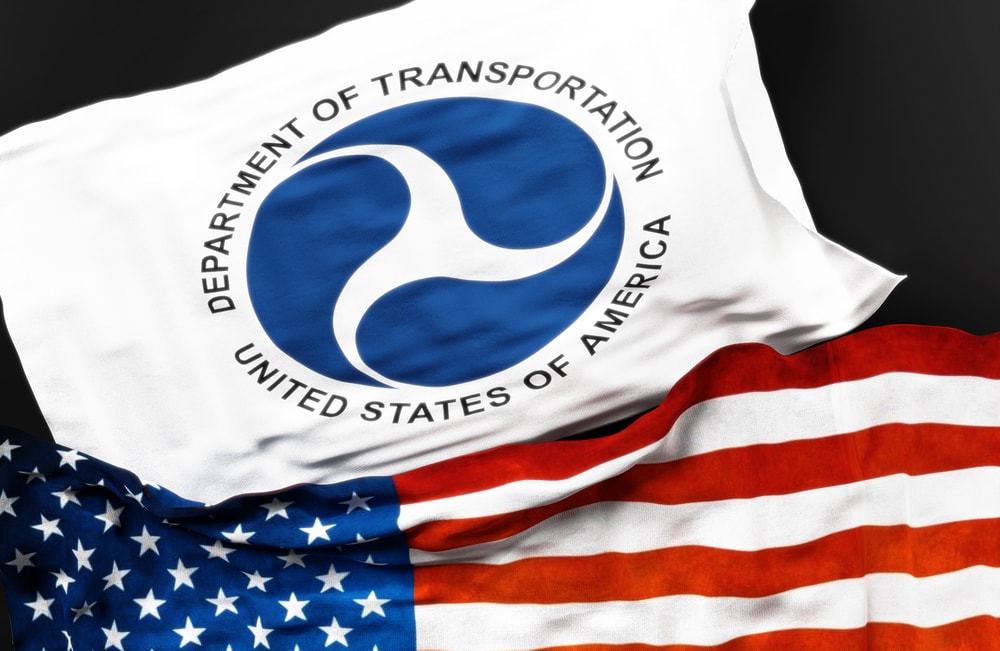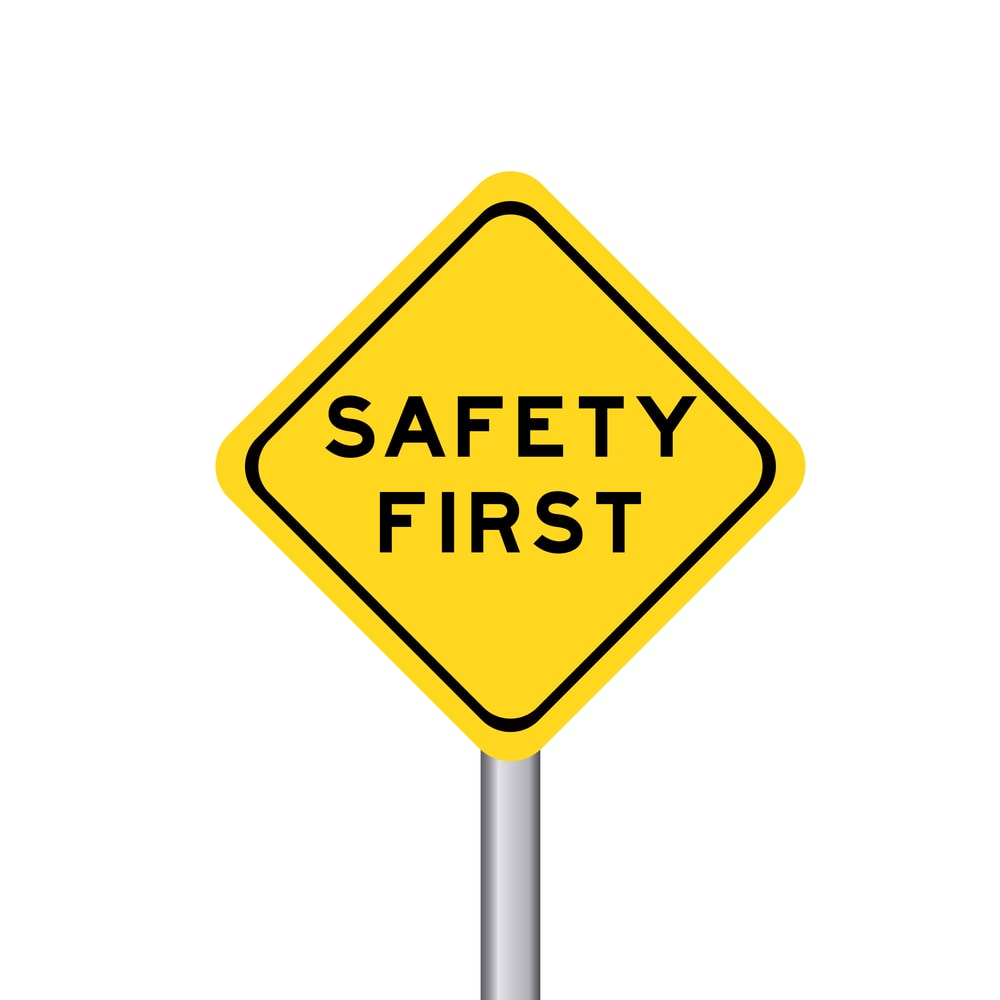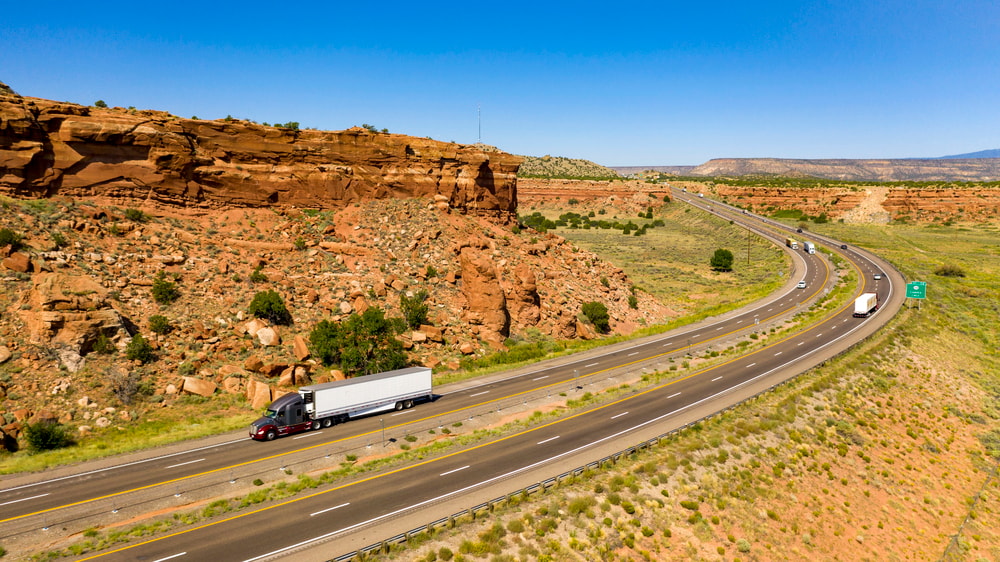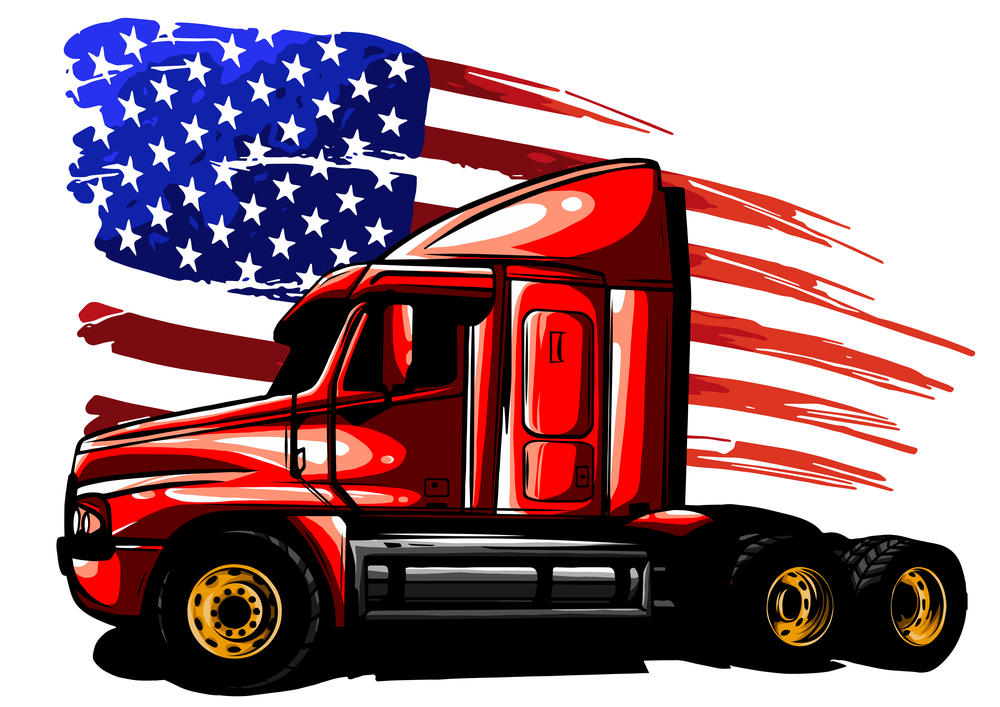Introduction
The U.S. Department of Transportation is at the heart of how America moves, whether people heading to work or goods traveling across the country. Created in 1966, the DOT is responsible for ensuring our transportation systems-highways, railroads, airways, and more, are safe and efficient. In the trucking industry, the DOT plays a big role in setting and enforcing the rules that motor carriers need to follow, helping them operate smoothly and stay compliant across state lines.
If you’re in the transportation or trucking industry, understanding the DOT isn’t just helpful—it’s critical. From creating safety regulations to keeping freight moving without unnecessary delays, the DOT’s work touches nearly every aspect of the business. By staying on top of what the DOT does, companies and drivers alike can help create safer roads, avoid fines, and make sure goods get where they’re going on time. Understanding how the DOT helps transportation shows just how important it is in keeping everything running smoothly.
What is the Department of Transportation (DOT)?
The DOT was created in 1966 to help shape and oversee how people and goods move across the country. At the heart of what it does, the DOT’s mission is to make transportation safe, reliable, and sustainable for all. It’s the roads we drive on, the planes we fly in, and the trains moving goods behind the scenes. Yet, DOT works to ensure everything runs smoothly and equitably, but It’s not just about building systems that work, it’s also about creating connections that power communities and the broader economy.
Transportation is more than getting from point A to point B; it’s the lifeblood of the American economy and a key part of our everyday lives. The DOT ensures that passengers and goods move efficiently, keeping businesses running and shelves stocked. At the same time, the department enforces safety regulations and invests in innovations to address today’s challenges, such as sustainability and accessibility. Whether it’s your daily commute or the truck bringing your online order, the DOT plays a big part in making it all happen and keeping the country moving.

Key Agencies Under the DOT
Federal Motor Carrier Safety Administration (FMCSA)
FMCSA is a very important player in the Department of Transportation, keeping roads safe by focusing on large trucks, buses, and other commercial vehicles. It works to avoid accidents and ensure the safety of all the people who share the highways. This commission also sets regulations concerning interstate trucking, including how many consecutive hours a driver can spend on the road and how often vehicles must be inspected to make sure they’re operating safely.
Federal Highway Administration (FHWA)
The FHWA is the DOT agency that maintains the highways we use every day. From pavement rehabilitation to structural steel bridges that can handle heavy trucks, the FHWA works with state and local governments to keep the nation’s infrastructure strong and reliable. It even monitors rules about how much weight a vehicle can carry, helping prevent damage to roads and keeping all people traveling safely.
Pipeline and Hazardous Materials Safety Administration (PHMSA)
The PHMSA plays a major role in ensuring that hazardous materials, such as chemicals and waste, are transported safely. From the way materials are packed to the proper protocols that carriers should follow, this agency is about protecting people and the environment. To trucking companies that transport hazardous goods, PHMSA’s compliance rules are not just a guideline but an indispensable need for safety.
Other Relevant Agencies
The DOT is more than trucks and highways: Agencies like the FAA and MARAD extend its reach to the skies and seas. The FAA focuses on everything from commercial flights to drones, ensuring air travel is safe and efficient. MARAD plays a key role in the maritime world, helping develop ports and shipping while making sure safety at sea comes first. These agencies all help in their own way to keep America moving, whether by land, air, or water.
Key Responsibilities of the DOT
The DOT is dedicated to making our highways safe and keeping commercial transportation moving. The main tasks of the DOT include the regulation of drivers and vehicles in commercial service, which involves the issuance of a Commercial Driver’s License to the drivers. The license means that drivers have the necessary skills and training required to handle commercial vehicles safely. For operations that cross state lines, the DOT requires a USDOT number, along with an MC number. These identifiers assist the DOT in tracking operations and enforcing rules that keep the industry safe and compliant.
Safety is at the heart of what the DOT does. The DOT works with businesses, from routine audits to surprise inspections, to make sure their vehicles are maintained and operations are by federal regulations for safety. They also offer training programs for businesses and drivers in an attempt to stay updated on regulations and best practices. These efforts are aimed at preventing accidents, fostering safe driving, and helping businesses avoid costly compliance issues. In the end, the attention to safety from DOT gives us a transportation system that one can trust.
DOT also looks to the future: driving innovation and sustainability in the transport sector. By investing in research and by using new technologies, DOT helps businesses find smarter and greener ways of operating. Whether it is reducing emissions from commercial vehicles or exploring cutting-edge solutions to improve efficiency, these initiatives benefit the environment while supporting business growth. For companies, being ahead of DOT regulations isn’t just about compliance; it’s about building a more sustainable future for all.

Why DOT Compliance Matters for Trucking Companies
Compliance isn’t just about avoiding fines for trucking companies; it’s about keeping their operations running smoothly and safely. FMCSA sets these rules to protect drivers, employees, and everyone else on the road. The consequences of ignoring them include hefty penalties, delayed shipments, or even a company being forced off the road entirely. Staying compliant means trucking businesses can keep moving forward without unnecessary disruptions.
But it’s not just about staying out of trouble- it’s about creating a safer environment for all. DOT compliance prevents accidents, saves employees, and sees cargo delivered safely and on time. To the trucking companies, it means a commitment to doing things to keep their people safe, their shipments secure, and their customers happy. When everyone plays by the rules, it is a win for the entire industry.
How the DOT Impacts the Everyday Lives of Americans
The DOT is more than just another branch of government, it has become a factor in everyday life for Americans. The car you drove to work in this morning, the school bus your children rode to class, or those trucks hauling fresh fruits and vegetables to your supermarket, their guiding rules were made up by the DOT to help these systems not only work better but safer too. DOT prioritizes accident prevention and making safe, affordable transportation accessible to people all over the country; they work at making our roads safer and our communities better connected. It’s not just about highways and stop signs but about creating a transport system to serve everybody, regardless of where one is located.
However, this is not where it all stops concerning DOT activities. They’re also one of the forces behind the economy of our country, making sure goods get across the nation as efficiently as possible. From the packages on your doorstep to the fresh ingredients at your favorite restaurant, the DOT makes sure products get where they need to be on time and in good shape. They support both people and businesses, playing a big role in making life just a little easier for all of us. At its core, the DOT is about serving the American people by ensuring that transportation serves every American in a manner that’s fair, safe, and reliable.

How to Register and Stay Compliant with DOT Regulations
Registration and adherence to regulations placed by the DOT are a very integral part of any trucking business. First things first, businesses need to apply for a USDOT number, which will help track safety and compliance, along with an MC number if they cross state lines or haul certain goods. It is relatively simple: go to the FMCSA website, fill out the application form, and make sure you have the right information about your operations. Keep in mind that some states require a DOT registration even for trucks staying within state lines, so it’s important to know the rules in your area. Once you’re up and running, staying compliant means more than just checking a box—it’s about keeping up with regulation changes, conducting regular audits, and staying organized. By staying proactive, companies can avoid surprises and keep their business moving smoothly.
The Importance of the DOT in the Transportation Industry
DOT forms the backbone for transportation, keeping our roads safe, promoting greener practices, and encouraging innovation that moves us all forward. The regulations and standards outlined are not just to be followed but rather a shared undertaking toward the protection of life and enhancing the ways in which we travel and conduct business. The DOT plays an instrumental role in bringing about a safer and more dependable transport system for companies and individuals alike.
Whether you’re a driver, a logistics company, or just a person who depends on the transportation business, finding out about and adhering to the standards set forth by the DOT is a step in the right direction to make this industry better for everyone. Take some time to learn more about their mission and how that applies to your work or your business. We all strive to live up to these standards together and keep the wheels of progress turning safely and responsibly.
